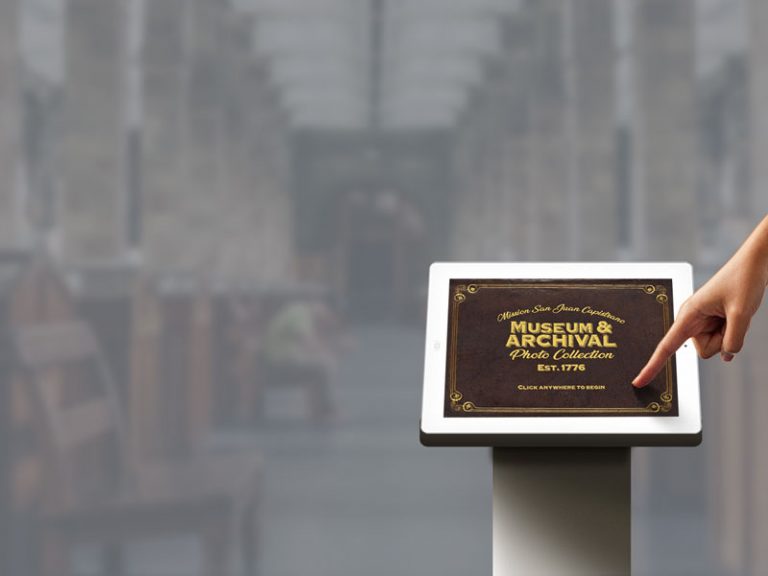Interactive Kiosks for Museums – Presentation at AAM 2016
FlowVella teamed up with EMP Museum and the Smithsonian to lead a panel on Effective Strategies for Interactive Kiosks at the American Alliance of Museum Conference in Washington, DC.
 We had a packed, engaged group of museum professionals in attendance with lively discussion built into the ‘classroom’ setting presentation. Our goal was to share learnings and then prompt the audience for discussion and questions back to our group.
We had a packed, engaged group of museum professionals in attendance with lively discussion built into the ‘classroom’ setting presentation. Our goal was to share learnings and then prompt the audience for discussion and questions back to our group.
Jasen Emmons from EMP Museum and Saul Sopoci Drake as well as Ajith Gunaratne of Smithsonian SITES had several examples to share from their many years of experience building and managing exhibits of all sizes. Jasen showed and discussed examples from Nirvana, the Muppets, Battlestar Galactica, and many more. He talked of digital interactive kiosks and completely analog yet interactive experiences.
Saul focused his talk on the recent Star Wars: Power of Costume exhibit (FlowVella powers the interactive kiosks for this exhibit). Saul showed the huge volume of material and walked through the process of taking these and building stories that went more in depth than just showing the costumes. The interactive kiosks used in the exhibit tell a story that could not have been shown on physical panels alone and allow the curious or the superfan to dive even deeper.
Here is the presentation and note halfway through some of the questions/discussion from the attendees
View on FlowVella – Presentation Software for iPad, iPhone and Mac
Choosing Technology and Measuring Success with Interactive Kiosks
We also discussed strategies around choosing partners and technology, as well as the metrics of measuring success. We think that there could be whole panels and presentations on developing and implementing success measurements and analytics and that is a focus of FlowVella. FlowVella has built in analytics that show usage; which screens are being viewed and for how long, as well as which galleries and videos. These quantitative reports can’t convert qualitative feelings of the user experience. They also can’t quantify if, for example, more than one person was using the interactive kiosk at the time. This is such an important topic as this measure of ROI (return on investment) will drive further investment and deployment of digital and analog interactive kiosks.
We look forward to building on this presentation and expanding it, bringing together a wide variety of thought leaders on the best uses and deployments of interactive kiosks. While the focus is on the museum and cultural sector, some of the learnings can be applied to a broader use of informational, interactive kiosks in both public and private environments.
Please add to the discussion in the comments below and we look forward to announcing our next new interactive kiosk projects!
 FlowVella
FlowVella